
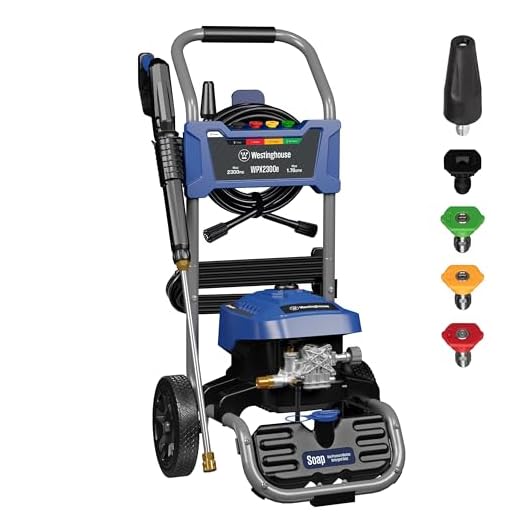


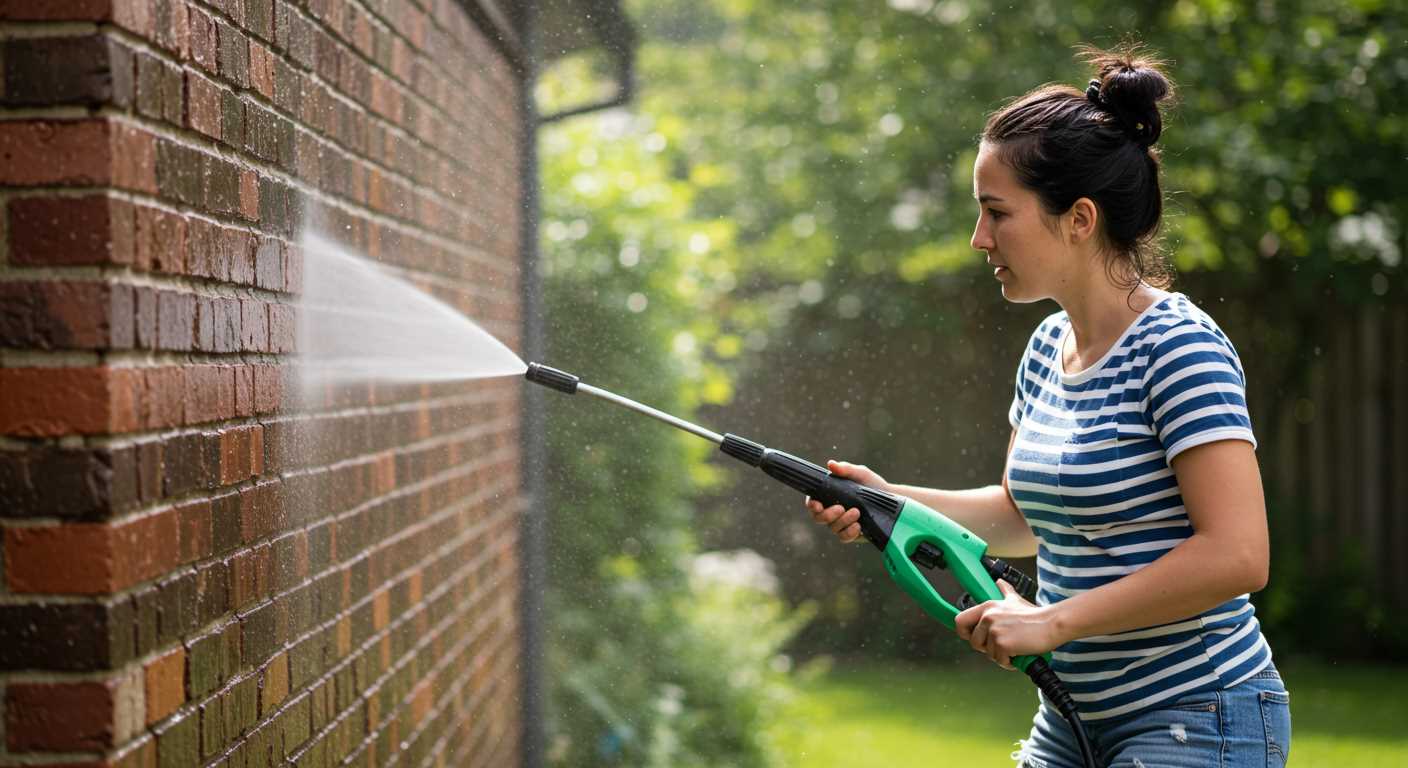
Choosing a powerful cleaner can transform your cleaning tasks from tedious to effortless. The core of these machines lies in their ability to generate intense water flow, which is achieved through a combination of a motor and a pump. The motor drives the pump, creating a force that elevates the water pressure to levels far beyond what a typical garden hose can achieve.
In my years working with various models, I discovered that not all pumps are created equal. The best models feature axial cam pumps, which provide a consistent and reliable flow of water. These pumps harness rotational energy to propel water through a narrow nozzle, effectively amplifying the force of the water jet. This is where the magic happens, as dirt and grime are blasted away with remarkable efficiency.
Another key component is the nozzle itself. Different nozzle shapes and sizes can drastically alter the spray pattern and intensity. For instance, a narrow-angle nozzle concentrates the water into a powerful jet, ideal for stubborn stains, while a wider nozzle disperses the water over a larger area, perfect for rinsing. In my experience, having a selection of nozzles on hand is invaluable for tackling various cleaning challenges.
Moreover, temperature plays a significant role. Some models offer the option to heat water, which can enhance cleaning capabilities by breaking down grease and oils more effectively. I’ve seen firsthand how combining heat with high-velocity water can yield astonishing results, making even the toughest cleaning tasks manageable.
Maintaining these machines is straightforward but crucial. Regular checks on the hoses, nozzles, and filters can prevent clogs and ensure longevity. After all, a well-maintained unit not only operates better but also saves time and resources in the long run.
Understanding the Components of a High Pressure Washer
Focusing on the core elements of a cleaning machine reveals how each part contributes to its overall performance. A robust motor delivers the necessary power, typically through an electric or petrol engine. In my experience, electric units are quieter and easier to maintain, while petrol engines offer more mobility and power for tougher tasks.
The pump plays a pivotal role, as it converts the motor’s energy into water flow. There are different types, such as axial pumps and triplex pumps. I’ve found triplex pumps to be more durable and efficient for heavy-duty applications, ensuring longevity even under constant use.
Next is the pressure regulator, which manages the water flow rate and pressure output. This feature is crucial; it allows you to adjust the intensity according to the surface being cleaned. I recall a time when I accidentally set the pressure too high for a delicate surface, resulting in damage. Learning to use the regulator effectively can save you from costly mistakes.
The nozzle is another key component. Different nozzle types, from rotary to fan spray, cater to various cleaning needs. I often switch nozzles based on the task at hand; for example, a narrow jet is ideal for stubborn stains on concrete, while a wider spray is better for rinsing off surfaces.
Hoses are equally important, as they carry water from the machine to the cleaning area. A high-quality, reinforced hose resists kinks and abrasion, allowing for smooth operation. I’ve encountered many models with flimsy hoses that hindered performance, so investing in a durable hose is wise.
Finally, the detergent tank can enhance cleaning efficiency. Using the right cleaning agent can make a significant difference in results, especially for grease or grime. I always recommend testing different products to see which works best for your specific cleaning challenges.
How Water Pressurisation is Achieved
To create the force needed for effective cleaning, water undergoes a specific pressurisation process. This involves several key components working together seamlessly.
Components and Functionality
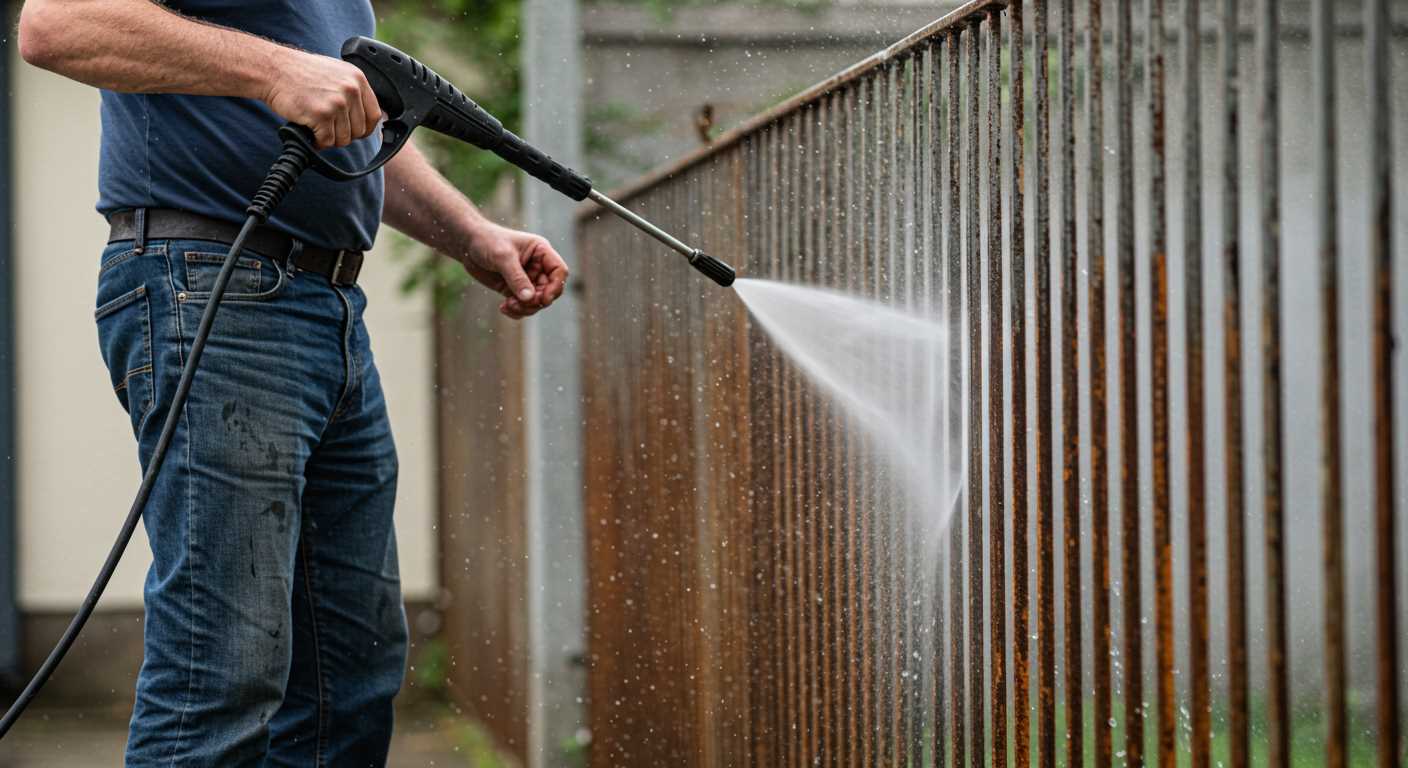
- Motor: The heart of the machine, a powerful motor drives the pump. The type of motor–electric or petrol–determines the overall capability of the system.
- Pump: This component is crucial. A crankshaft or axial pump mechanism draws in water and compresses it, significantly increasing its velocity. The design of the pump dictates the maximum output.
- Inlet and Outlet Valves: These valves regulate water flow. The inlet valve allows water into the pump while the outlet valve directs the pressurised water towards the nozzle.
Creating High Velocity
- The motor initiates the process by turning the pump.
- This causes the pump’s pistons or plungers to move, drawing water in.
- As the water fills the pump chamber, it is compressed, raising its pressure.
- Once at the desired level, the outlet valve opens, releasing the high-velocity stream through the nozzle.
From my experience testing various models, I’ve found that the efficiency of the motor and the quality of the pump significantly affect performance. Machines with robust, high-quality pumps consistently deliver superior results. Always consider these aspects when selecting equipment for specific tasks, as they directly impact the cleaning force and efficiency.
The Role of the Motor in High Pressure Washing
Choosing the right motor is key to achieving optimal cleaning results. In my experience, electric motors provide a quieter operation compared to their gas counterparts, making them ideal for residential applications. The power output of the motor directly influences the water flow rate and overall effectiveness of the machine. I’ve seen models with varying wattages, and those around 1800 to 2000 watts typically deliver the best performance for home use.
Types of Motors
There are mainly two types of motors used: universal and induction. Universal motors are lightweight, compact, and can generate high RPMs, perfect for portability. However, they tend to wear out faster. Induction motors, on the other hand, are more durable and quieter, ideal for prolonged usage but may weigh more. My preference leans towards induction motors for their longevity, particularly in commercial settings where consistent performance is paramount.
The Impact of RPM on Cleaning Power
The revolutions per minute (RPM) of the motor plays a significant role in the machine’s cleaning abilities. Higher RPMs generally translate to more intense water jets. I once compared two models where one had an RPM of 3000 and the other 1500. The difference in cleaning power was astounding; the former cut through grime with ease while the latter struggled with tougher stains. For those looking for efficiency, consider the RPM along with the wattage to find a balance that meets your needs.
For a reliable option, I recommend checking out electric pressure washers canada. They often feature robust motors that stand up to the demands of regular use.
Different Nozzle Types and Their Functions
For optimal cleaning results, selecting the right nozzle is key. Each type has its unique characteristics tailored for specific tasks. In my experience, choosing the appropriate nozzle can significantly enhance the efficiency of the cleaning process.
0-Degree Nozzle: This nozzle delivers a concentrated jet of water, making it perfect for tough grime and stubborn stains. I recall using this nozzle on a heavily soiled driveway, and the results were impressive. However, caution is advised, as the force can damage delicate surfaces.
15-Degree Nozzle: Ideal for cutting through thick dirt and mildew, this nozzle is effective on surfaces like concrete and brick. I often use it for cleaning patios and outdoor furniture, where a bit more power is necessary but still manageable.
25-Degree Nozzle: A versatile option, the 25-degree nozzle is fantastic for general cleaning tasks such as vehicles, decks, and siding. It provides a good balance between pressure and coverage, making it my go-to for routine maintenance on my car. For the best results, pair it with the best car wash soap for pressure washer jeep jl.
40-Degree Nozzle: This nozzle is designed for delicate surfaces, such as painted wood or glass. I’ve used it on my home’s windows, and it effectively removed dirt without risking damage. It’s perfect for when you need a gentler touch.
Rotary Nozzle: Combining the power of a zero-degree nozzle with a wider spray pattern, this nozzle is excellent for tackling large areas more efficiently. I’ve found it particularly useful for cleaning large patios quickly, as it reduces the time spent on surface prep.
Understanding these nozzle types allows for a tailored approach to each cleaning task, ensuring that you achieve the desired results without compromising the surfaces you’re working on. Choose wisely, and your cleaning adventures will be much more rewarding.
Maintenance Tips for Optimal Performance
Regularly check and clean the filter to prevent debris from clogging the system. I’ve seen units fail simply because the filter was neglected. A clean filter ensures a steady flow of water, which is crucial for maintaining high-quality output.
Inspect the hoses for signs of wear or damage. I once had a colleague who ignored a small crack in the hose, thinking it was insignificant. It led to a complete failure during a big job. Replace any damaged hoses immediately to avoid loss of pressure and potential accidents.
Lubricate the pump as specified in the user manual. In my experience, many users overlook this step, leading to premature wear. A well-lubricated pump runs smoother and lasts longer, saving you money in the long run.
Run a cleaning solution through the system occasionally to prevent build-up. I remember testing one model that had been used extensively without any cleaning solution. The internal components were gummed up, leading to decreased performance. A simple cleaning solution can keep everything functioning optimally.
Store your equipment in a dry place, away from extreme temperatures. I’ve had units that suffered from rust and corrosion because they were left outside. Proper storage extends the life of the machine significantly.
Check the connections and fittings regularly for leaks. I had a situation where a small leak went unnoticed, which led to a significant loss of water pressure. Tighten connections as needed to maintain efficient operation.
Lastly, follow the manufacturer’s maintenance schedule. I’ve tested machines that were well-maintained according to the schedule, and the difference in performance was remarkable. Keeping up with recommended service can prevent costly repairs and ensure reliable operation.

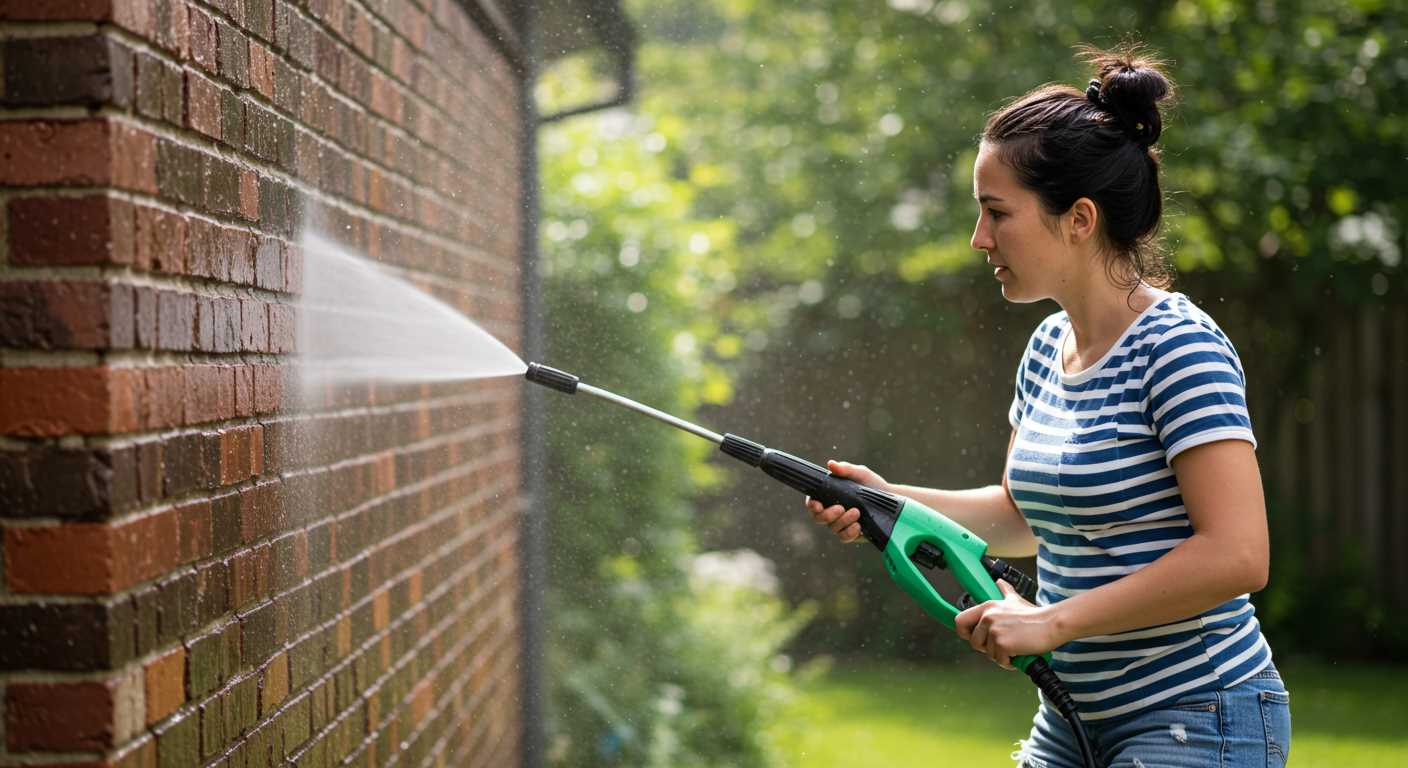

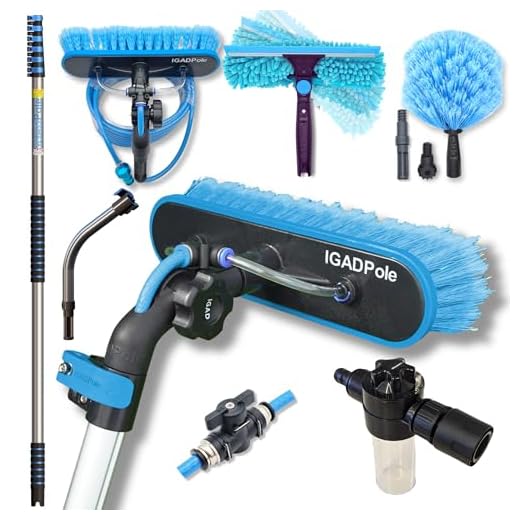

.jpg)
.jpg)


